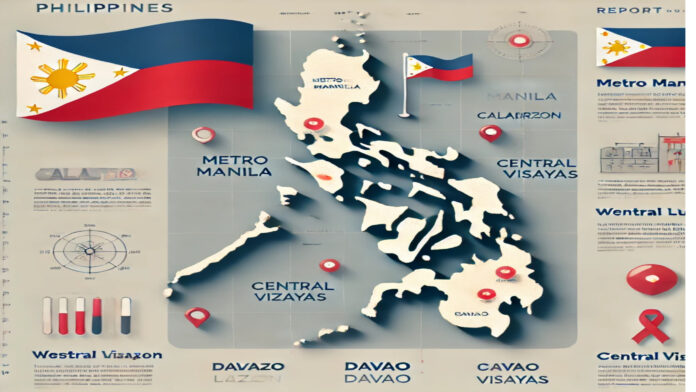
The Philippines is experiencing a significant rise in HIV/AIDS cases, particularly in major urban centers such as Metro Manila, Calabarzon, Central Luzon, Davao, Western Visayas, and Central Visayas. These cities and regions report the highest number of new HIV infections, driven by factors including high population movement, lack of awareness, and low usage of preventive measures such as condoms.
Young people and men who have sex with men (MSM) represent the groups most at risk in these areas. Many face challenges in accessing adequate healthcare services and HIV education. Local governments and health organizations are actively conducting awareness campaigns, offering free testing, and providing ongoing treatment to curb the spread of HIV/AIDS.
Despite these efforts, stigma and lack of knowledge continue to hinder effective prevention and treatment. Addressing these issues through strengthened prevention programs, community education, and reducing discrimination is critical to controlling the HIV/AIDS epidemic in these urban centers.


